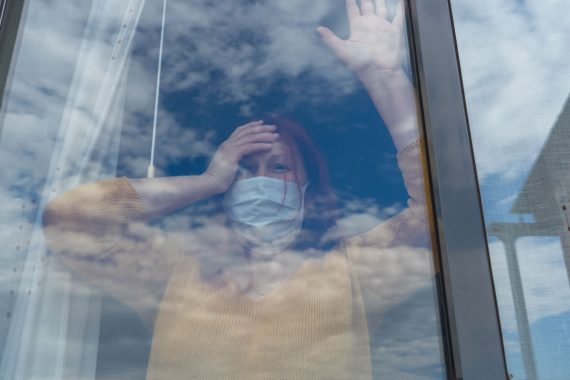CPD: Identifying and supporting domestic abuse victims

Dr Vasumathy Sivarajasingam explains how to spot the signs of domestic abuse and offer help
The number of reported cases of domestic abuse has escalated since the Covid-19 outbreak, as more people at risk from abuse are forced to stay indoors and social distancing and lockdown restrictions limit victims’ ability to escape from an abuser. The lockdown measures also jeopardise many usual avenues of support, such as family members, friends and other networks.
For GPs, dealing with domestic abuse is not straightforward. There may be concerns about opening Pandora’s box and not being able to deal with the repercussions.
We will look at how to identify domestic abuse, both in remote consultations and face to face, and how to support your patients.
Key learning points:
Key points
- Promoting your surgery as a Domestic Abuse Awareness Practice will raise public perception, and break down stigma among staff and patients
- Explaining why you’re asking about abuse may help patients to
- feel more comfortable with disclosure. Ask open, non-judgmental questions and validate the patient’s experience
- Never advise a victim to leave their partner unless they have support in place
- Be extra vigilant with remote consultations as the perpetrator may be in the house
- Initiate child and adult safeguarding procedures where required.
Dr Vasumathy Sivarajasingam is a GP partner in Perivale, west London
Click here to read the full article and download your certificate logging 1 CPD hour towards revalidation
Not a Pulse Learning member? Click here to register for free and gain access to over 400 CPD modules.
Pulse July survey
Take our July 2025 survey to potentially win £1.000 worth of tokens












